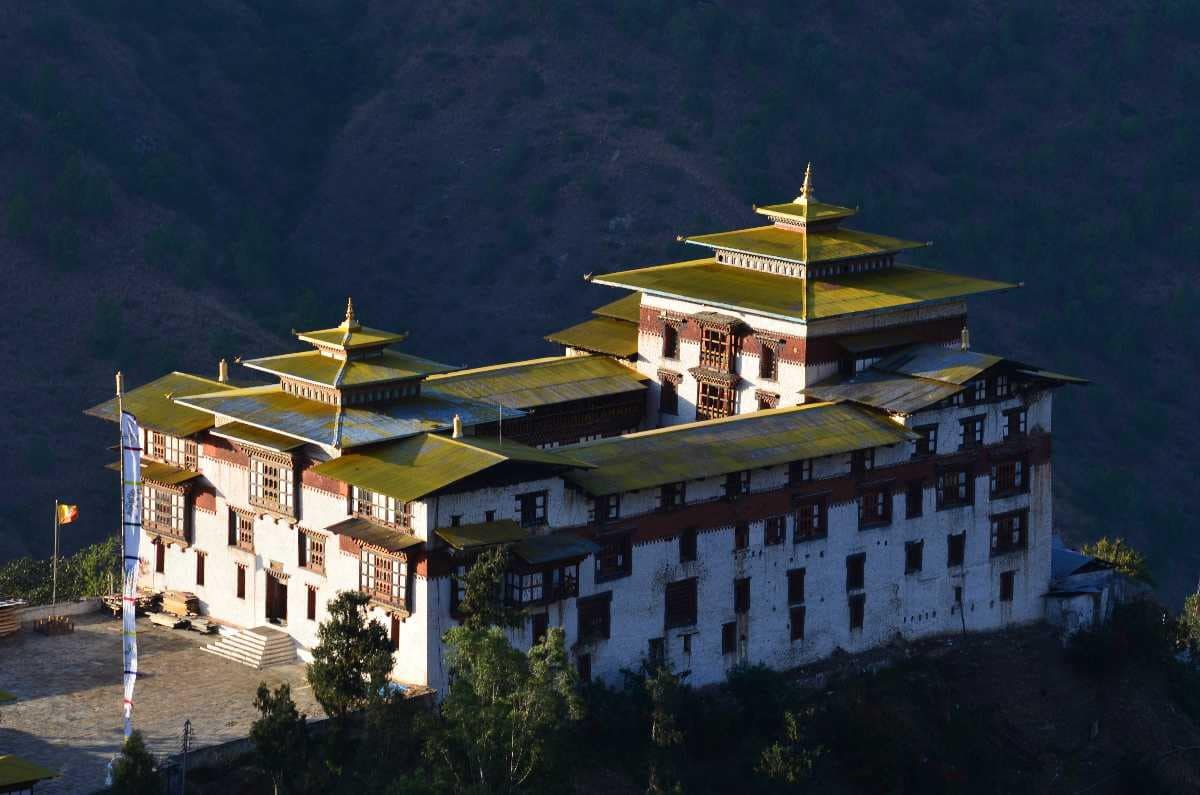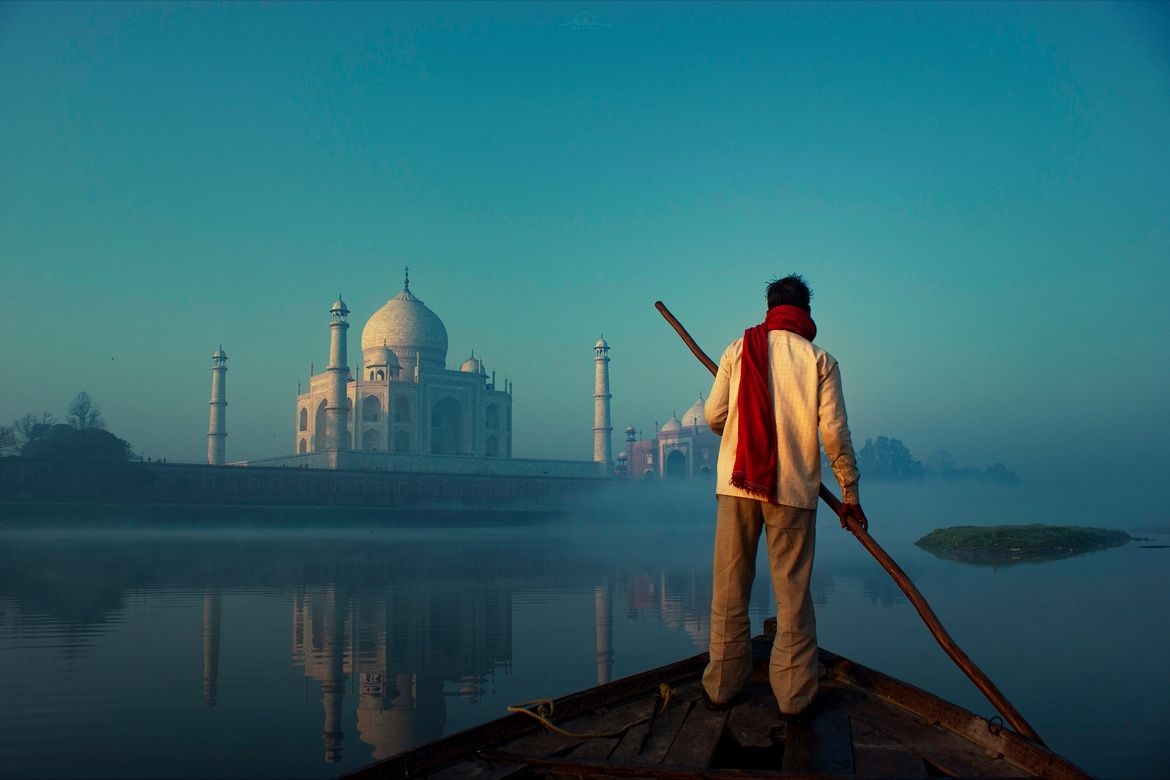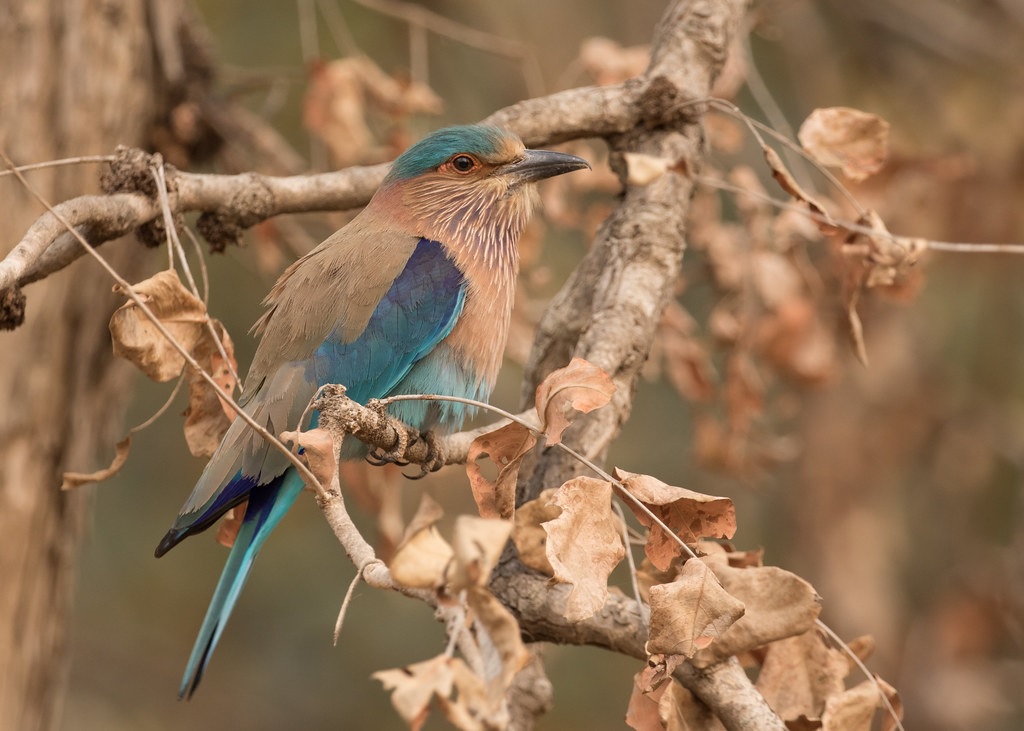Bhutan is a kingdom in Asia, an independent state located between northern India and China (Tibet), on the Himalayan mountain range. This country is still very little frequented by travelers who do not yet have the “travel to Bhutan” reflex.
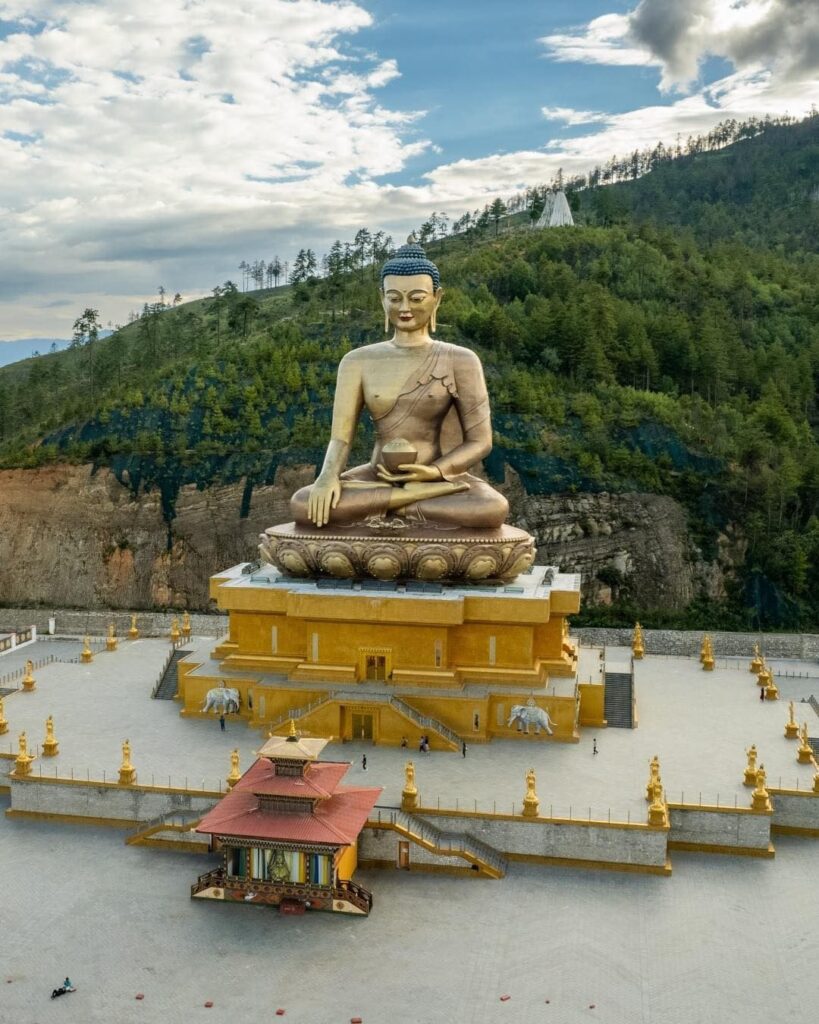
Bhutan has only opened its doors to foreigners since 1978 (to tourists since 1998), the government wishing above all to preserve its environment, culture and traditions. It is therefore important to determine your objectives for this trip: landscapes, hiking, culture.
Bhutan is renowned for being one of the last sanctuaries in terms of flora and fauna. It is the last country in the world to have accepted television on its territory, and the last country to have connected to the Internet.
It is also a “non-smoking” country, where it is illegal to smoke any tobacco (even if in the heart of the country I saw wild cannabis plants at the edge of fields). Smoking is very expensive, both for the seller (under the cover) and for the consumer.
For all these reasons I had dreamed for thirty years of going to Bhutan, a form of achievement for my life as a long-distance traveler.
Knowing that I would probably only visit this country once in my life, I wanted to go where tourists don’t usually go, that is to say push to the limits of the east of the country.

I don’t regret it since I can now have an overall opinion on this country, and not just on the loop usually traveled by the vast majority of visitors. However, to be honest, if you already know Southeast Asia and its rice fields there is no need to go that far east.
This country is superb and I am very happy to have explored it more than necessary. However, I don’t have a superlative memory of it, I’m even disappointed by certain aspects.
Here is my point of view on this trip to Bhutan (as usual on this travel blog, this opinion is personal and only my own).
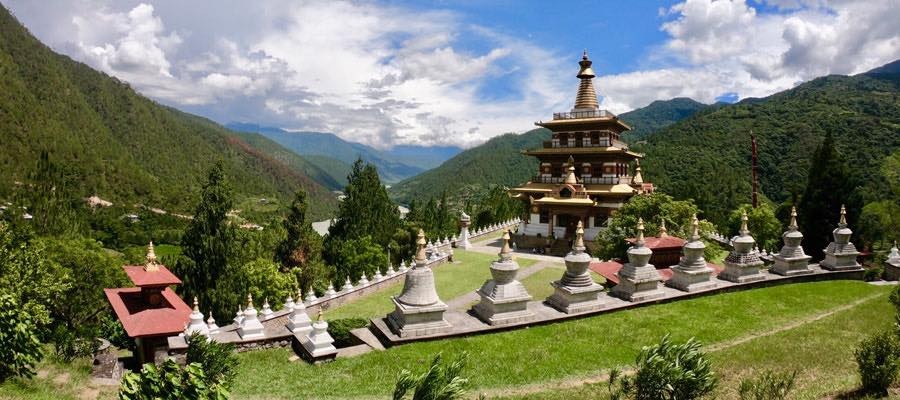
Why should you carefully prepare your travel to Bhutan?
Even if I rarely talk about budget because it is a personal concept for everyone, I must warn that a trip to Bhutan is expensive. For various reasons, including this one, we do not go to Bhutan in backpack mode (backpacker to use a fashionable English term) and with our noses to the wind.
On the other hand, you cannot improvise your trip once there. To obtain an entry visa into Bhutanese territory (if you were not born in the regions bordering India) you must go through a local travel agency approved by the government which imposes a minimum expenditure on commitment per day, to be paid before even obtaining your visa.
So let’s see below some elements that will help you prepare for your trip to Bhutan.
Bhutan is the last kingdom located in the Himalayan region, with an area equivalent to that of Switzerland. Its population estimated at 750,000 inhabitants is distributed mainly on the high plateaus and in the valleys of the west of the country. Its economy is based on agriculture, livestock breeding, logging, the sale of electricity to India (hydrodynamic origin), and more recently tourism. More information on the Bhutan Tourism Office website.

Travel to Bhutan cost 2024 / 2025
The Bhutan travel cost 2024 / 2025 for international tourists visiting Bhutan includes sustainable development fee (SDF) / Government tax of US $100 per person per night stay in Bhutan (Except for Indian nationals). This applies to all individuals above the age of 12 years.
Discounts on sustainable development fee (SDF):
There shall be no charge for children up to the age of 5 years.
The children between 6 to 11 years accompanied by guardians shall be given 50% discount.
Bhutan visa fee is US$40 per person per trip. The visa fee extension cost is US$40.
The sustainable above development fee (SDF) is not included in the package tour / trek cost given below:
Package tour cost:
Solo travelers: US$245 per night stay in Bhutan.
2 pax in a group: US $190 per person per night stay in Bhutan.
3 pax and above: US $180 per person per night stay in Bhutan.
Our package tour cost covers the following:
Accommodation in 3 star hotels approved and certified by the government as “clean & safe” for international tourists.
All 3 meals a day and tea/coffee.
Service guide.
Bottled water during the entire trip.
Transport within Bhutan including airport transfers.

Package trek cost:
Solo trekker: US$350 per night on trek.
2 pax in a group: US$260 per person per night.
3 pax and above: US$225 per person per night.
Trek cost covers the following:
Services of trekking guide, cook and helpers.
Yaks/ponies to carry the supplies.
Sleeping tents, mess tents, kitchen tents, toilet tents etc.
Sleeping mats.
3 meals a day.
Please note that you have to bring your own sleeping bags.
Nature of tour / trek: Private trip.
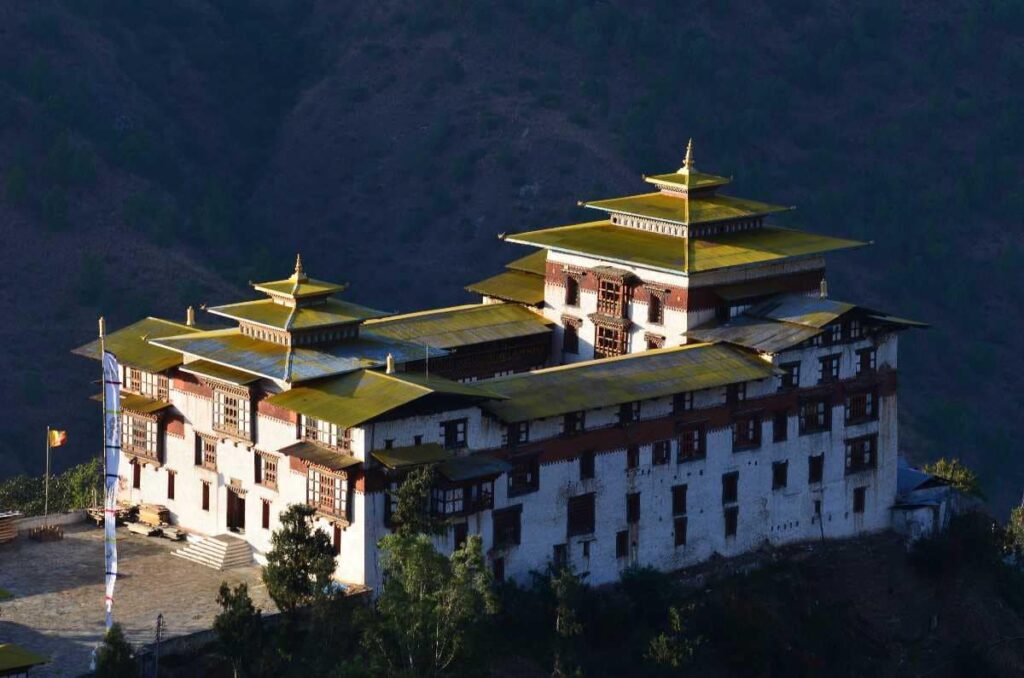
The above cost does not cover:
Entry fees for museums / monuments & festival visits.
Travel insurance premiums.
Bhutan visa fee (US$40 per person).
Drukair / Bhutan Airlines fares (Bhutan flight fares).
Payment for services provided on personal basis.
Cost because incurred of political unrest, strikes and mishaps etc.
Personal expenses in items such as tips, laundry, camera charges, incidents and porterage etc.
NOTE: On the day of departure, the local agent’s obligation shall be limited to breakfast only. Any extra requirements shall be payable on actual basis. The rates shall apply uniformly irrespective of locations and the type of accommodation provided/asked for.

Tour payment:
All tour payment must be settled one month in advance of commencement of tour to clear the Bhutan visa. The payment should be made in US Dollars. The tour booking will be confirmed only after we receive 50% of the tour payment.
7 days or 14 days in Bhutan?
Those who have read me on this blog since 2004 know that I don’t like to settle for the “essentials” when traveling. I like to get off the beaten track when possible, even if I don’t neglect the sites recommended by readers and tourist offices. I had to insist a lot with the local travel agency to obtain an itinerary that was not one of the two or three loops that are offered to tourists departing from Paro, the international airport.
I didn’t want to do a trek (often 2 or 3 days, north of Punakha or Thimphu): too much time devoted (in my eyes) to a single hike (of course long, and more contemplative). And I wanted to explore the less traveled eastern regions to get a real glimpse of this rare country.
Due to the distance from the capital and the cities usually visited, the roads are less good and often under construction. There are also fewer accommodation facilities as soon as you get out of these usual loops.
The agency ended up building me a 14-day itinerary in Bhutan, warning me that the conditions would be more basic at the end of the trip (which I accepted without difficulty).
Nevertheless, and despite the pleasure I retain at the idea that I made a very special trip, know that a trip to Bhutan beyond 7 days can turn out to be monotonous. During these days of driving you will stop at the monastery, then the temple, and the fortress held by each province of the country. Twenty provinces = twenty monasteries, twenty temples (at least), and twenty fortresses.
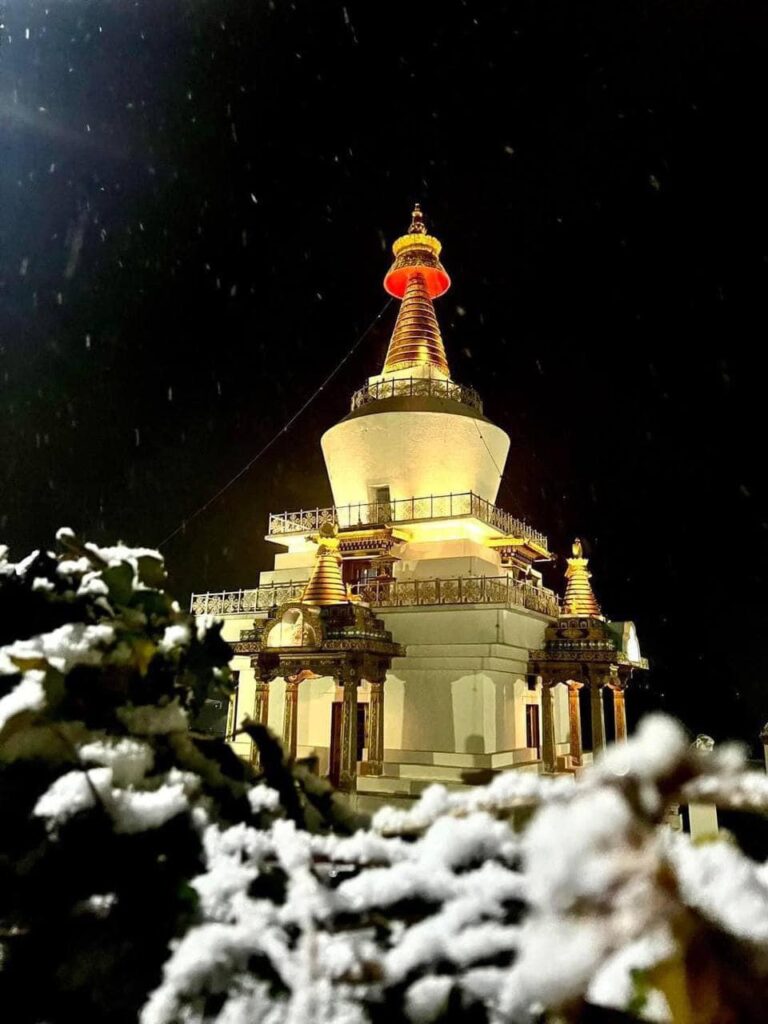
All these architecturally beautiful buildings are mostly built on the same model, and above all renovated (often recently) in the same way. After the third fortress we get a little bored, after the fifth temple we long to walk in the alleys of the villages rather than listen to the same legends or the same story of the much revered Guru Rinpoche for the fifth time.
However, certain fortresses and certain monasteries have some particularities, so you should not miss them: older, or better renovated, or larger, or even housing a small museum, or a real community of monks who are not there just for the tourists.
Compared to the (few) activities offered on the way and compared to the distances covered, this trip sometimes seemed interminable to me when I spent most of the day in the car, on chaotic roads in addition (even if I had paid the extra for an individual 4×4 car without much luxury, and with a very talented and charming driver).

If it is true that this small kingdom of the Himalayas is worth the detour due to its sumptuous mountainous landscapes, a discreet but welcoming population, and a fauna which must certainly be interesting when we know how to show it to you, it is still a road trip style trip: between two hotels (to change region if not city) you will have to travel 6 to 8 or 9 hours by car each day.
Due to the topology of this mountainous country (I remind you that you are traveling to the South of the Himalayas), also due to the roads which are all under almost permanent work (widening of the roadway, creation of bridges, and above all clearing of landslides and landslides), your vehicle rarely exceeds 40km/h in this country where speed is limited everywhere to 50km/h (how could they drive faster on these winding roads?) and 80km/h near the capital on a recent two-lane road.
Sections of the road are sometimes literally cut at certain times of the day to allow for work and you will get up at dawn to reach this portion in time which only lets vehicles pass for an hour.

Driving at night is hardly recommended on these rough roads, drivers take little risk.
Also note that leaving the usual circuit takes you into provinces which still have a checkpoint: the driver stops in front of a small administrative building, and your guide has your travel program stamped by some officials who validate your entry at this time. province.
We tell you that this is to be able to locate you more easily in the event of a problem on the road. I think it is more a question of surveillance on the part of the state which does not want independent itinerant tourism rather than benevolence.
However, in Bhutan, children look at you with big surprised eyes, and officials are rather smiling, even curious, even if your itinerary has been duly validated by the state before you even arrive on Bhutanese soil. A fun little Indiana Jones side. At least you have the feeling of progressing on your journey!
So, 7 or 14 days for your trip to Bhutan?
If you want to see the best overview of the country, opt for a seven-day tour that will take you through Paro, Thimphu and up to Bumthang (in the center of the country), then return to Paro. If you like trekking, circuits take you to Thimphu then Punakha a few kilometers away before taking you on paths on which you will be accompanied.
The 14-day stay in Bhutan will suit the frequent traveler, curious about nature, eager to see more and above all keen to come into contact with a population that encounters very few travelers. At the cost of a little boredom on the roads.

When to choose for your travel to Bhutan?
As I said above, it is better to favor the high season (even if it seems almost strange to me to write it!): the difference in price between low and high season does not justify you taking the significant risk of bad weather during your trip to Bhutan, a climate which has a very big impact here.
It can happen, for example, according to my guide, that planes cannot take off from India or Thailand for several days if a layer of cloud blocks access to Paro, the airport located in the hollow of a valley already difficult to access. In which case your costs in one of these two transit countries increase, and your itinerary on site in Bhutan is likely to be affected by restrictions.
Consider the low season only if you have a good reason: observing animal species in a particular season for example. Not counting the state of the roads in low season, I was told that access to the central and eastern regions is often restricted.
I went to Bhutan knowingly during the period of traditional song and dance festivals. Not to be missed if you want to observe the population in traditional festive costume even if you will have to endure the sun without shelter for hours in Thimphu (take a hat, glasses and sunscreen), or put up with poorly managed tourists ( at the fire festival in the Bumthang region where the monks appear exasperated by the influx of unruly tourists, mainly local tourists).

After a day and a half of the festival you will seek calm elsewhere.
Of course these cultural festivals are held at the end of summer: you will therefore not see any of the famous (and countless) forests of rhododendrons or azaleas in flower, the mountainous landscape then very quickly turns out to be monotonous despite superb deep valleys in the distance. (very far away) the highest snow-capped peaks of the Himalayas along the passes crossed.
To see the rhododendrons in flower, prefer the end of March (early spring, rainy and gray, with roads sometimes impassable – I insist – according to the words of my guide and my driver).

